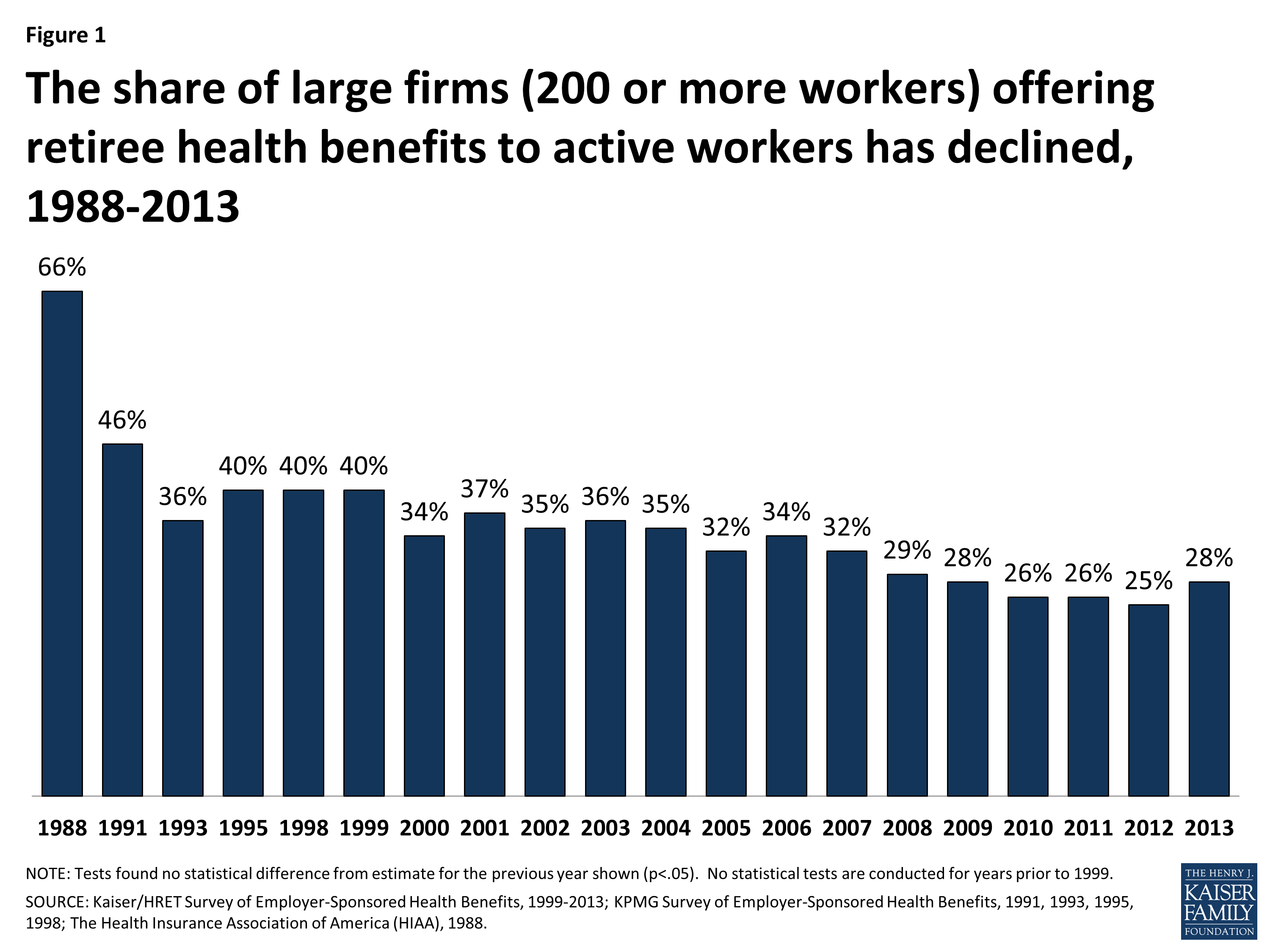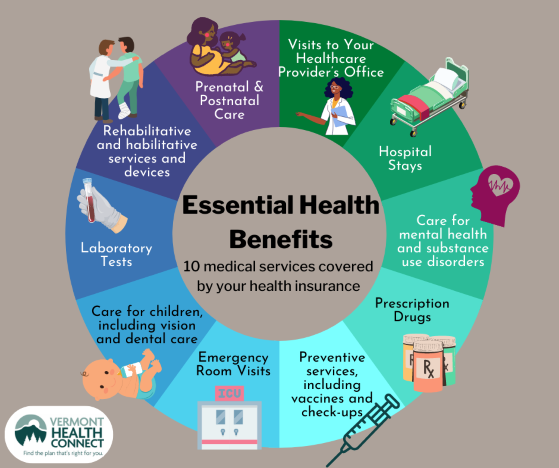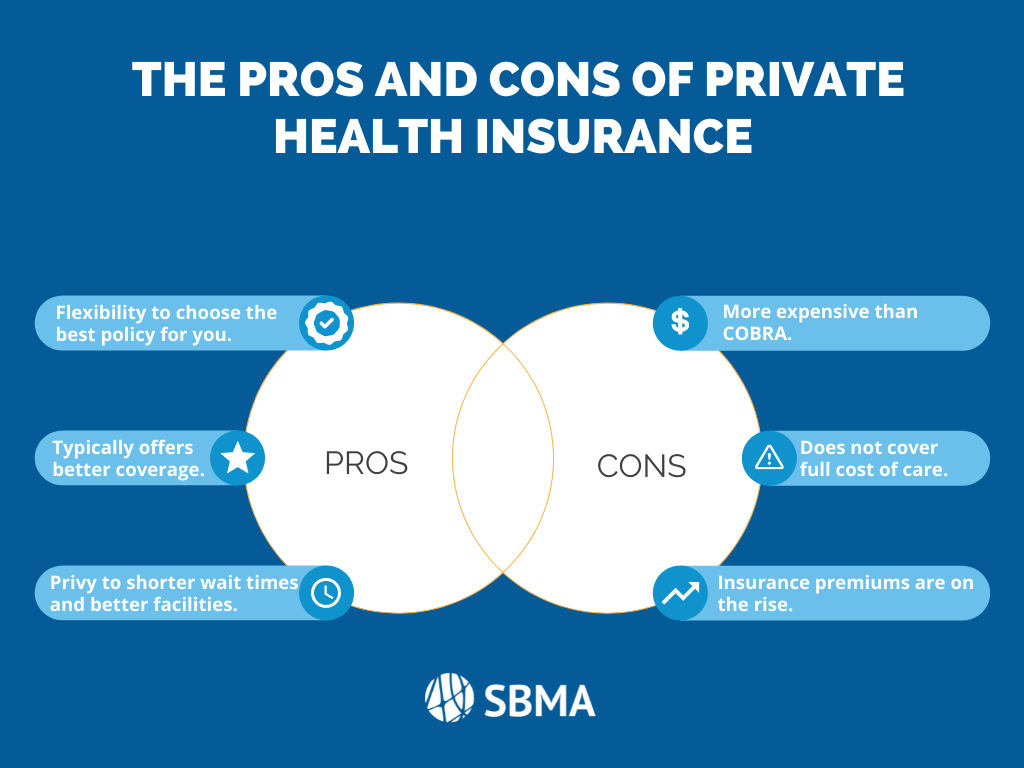The 15-Second Trick For Medicare Advantage Agent
The 15-Second Trick For Medicare Advantage Agent
Blog Article
Facts About Medicare Advantage Agent Revealed
Table of ContentsAll about Medicare Advantage AgentMedicare Advantage Agent Can Be Fun For AnyoneThe Facts About Medicare Advantage Agent Uncovered

complies with from puzzling the relatively young age profile of the uninsured with the better health and wellness, on average, of younger persons. This obscures the link in between health and wellness condition and wellness insurance coverage. For those without access to office health and wellness insurance, bad health is a possible barrier to buying nongroup coverage because such insurance coverage may be very priced, leave out pre-existing problems, or be simply unavailable. The variety of uninsured Americans is not specifically huge and has actually not changed in the last few years. 7 out of 10 participants in a nationally representative survey believed that fewer Americans lacked medical insurance than in fact do(Fronstin, 1998). Approximately half(47 percent )believed that the variety of people without medical insurance decreased or continued to be constant over the last half of the last years(Blendon et al., 1999). This drop of virtually 2 million in the number of people 'without insurance (a decrease
of about 4 percent)is definitely a favorable modification. With a softer economic situation in 2000 the most current reported gains in insurance coverage might not continue(Fronstin, 2001 ). The decrease in the number of uninsured will not continue if the economic situation continues to be slow and healthcare prices remain to outpace inflation. This is since the information were gathered for a period of strong financial performance. Of the approximated 42 million people who were uninsured, just about concerning 420,000(concerning 1 percent)were under 65 years of age, the age at which most Americans come to be eligible for Medicare; 32 million were grownups in between ages 18 and 65, about 19 percent of all grownups in this age; and 10 million were youngsters under 18 years of age, about 13.9 percent of all youngsters (Mills, 2000). These estimates of the number of persons uninsured are produced from the annual March Supplement to the Current Populace Study (CPS), carried out by the Demographics Bureau. Unless otherwise noted, national quotes of people without health insurance policy and percentages of the populace with different kinds of insurance coverage are based upon the CPS, one of the most commonly utilized source of estimates of insurance policy protection and uninsurance prices. These surveys and the estimates they yield are described briefly in Table B. 1 in Appendix B - Medicare Advantage Agent. These studies differ in size and sampling methods, the questions that are asked about insurance
An Unbiased View of Medicare Advantage Agent
coverage, and the moment period over which insurance protection or uninsurance is measured(Lewis et al., 1998, Fronstin, 2000a ). Still, the CPS is particularly helpful due to the fact that it creates yearly quotes relatively swiftly, reporting the previous year's insurance coverage approximates each September, and because it is the basis for a constant collection of quotes for more than twenty years, enabling analysis of patterns in insurance coverage with time.

Getting My Medicare Advantage Agent To Work
Over a three-year period starting early in 1993, 72 million people, 29 percent of the united state population, lacked coverage for at the very least one month. Within a single year(1994), 53 million individuals experienced at the very least a month without coverage(Bennefield, 1998a). 6 out of every ten uninsured adults are themselves used. Although working does boost the chance that and one's household members will certainly have insurance policy, it is not an assurance. Also members of households with two full time breadwinner have practically a one-in-ten opportunity of being uninsured (9.1 percent without insurance price)(Hoffman and Pohl, 2000 ). The relationship between medical insurance and accessibility to care is well developed, as documented later on in this phase. The partnership in between wellness insurance and health and wellness results is neither straight nor simple, a considerable scientific and health services research literature web links wellness insurance policy protection
to improved enhanced accessibility care, better qualityTop quality and improved enhanced and population health statusCondition The second record, on personal health and wellness results for uninsured adults, is represented by the inner circle of the figure, while the third report, on family health, includes the subjects of the second record however stresses a various unit of evaluation, namely, the family. The sixth record in the series will certainly provide info about strategies and initiatives carried out in your area, statewide, or across the country to deal with the absence of insurance policy and its adverse impacts. Degrees of analysis for analyzing the effects of uninsurance. This conversation of wellness insurance protection concentrates mainly on the united state population under age 65 because virtually all Americans 65 and older have Medicare or various other public coverage.
In addition, it concentrates specifically on those without any type of medical insurance for any type of length of time. The find out this here problems encountered by the underinsured are in some respects similar to those faced by the uninsured, although they are usually much less serious. Uninsurance and underinsurance, nevertheless, entail clearly various policy concerns, and the approaches for resolving them might vary. Throughout this research study and the five reports to follow, the main focus gets on persons with no health and wellness insurance coverage and hence no assistance in paying for health treatment past what is readily available via charity and safeguard institutions. Health and wellness insurance is a powerful factor influencing receipt of treatment because both individuals and doctors react to the out-of-pocket rate of solutions. Health insurance coverage, nevertheless, is neither necessary nor sufficient to access to clinical services. The independent and direct result of health and wellness
insurance insurance policy protection access to health services solutions well establishedDeveloped Others will get the health and wellness care they require even without medical insurance, by spending for it out of pocket or seeking it from suppliers who offer care complimentary or at extremely subsidized rates. For still others, medical insurance alone does not ensure invoice of treatment as a result of other nonfinancial obstacles, such as an absence of healthcare providers in their i was reading this area, restricted accessibility to transportation, illiteracy, or etymological and cultural differences. Official research concerning without insurance populations in the United States dates to the late 1920s and very early 1930s when the Committee on the Expense of Medical Treatment generated a collection of records about funding medical professional office sees and hospital stays. This issue came to be salient as the numbers of medically indigent climbed up during the Great Anxiety. Empirical researches consistently sustain the web link in between accessibility to care and enhanced wellness end results(Bindman et al., 1995; Starfield, 1995 ). Having a routine source of treatment can be thought about a predictor of accessibility, instead of a direct step of it, when health and wellness outcomes are themselves used as access indicators. This extension of the concept of gain access to dimension was made by the IOM Board on Monitoring Access to Personal Healthcare Services(Millman, 1993, p. Whether moms and dads are insured appears to affect whether or not their kids obtain treatment in addition to just how much careeven if the children themselves have coverage(Hanson, 1998). The wellness of moms and dads can impact their capacity to look after their youngsters and the level of family members stress. Stressing over their youngsters's access to care is itself a source of stress and anxiety for moms and dads. 3 chapters follow in this report. Chapter 2 provides an overview of just how employment-based medical insurance, public programs and specific insurance coverage operate and communicate to offer extensive however incomplete coverage of the united state population. This includes a testimonial of historical trends and public laws affecting both public and private insurance, a conversation of the interactions among the various sorts of insurance, and an evaluation of why people relocate from one program to one more or wind up

Report this page